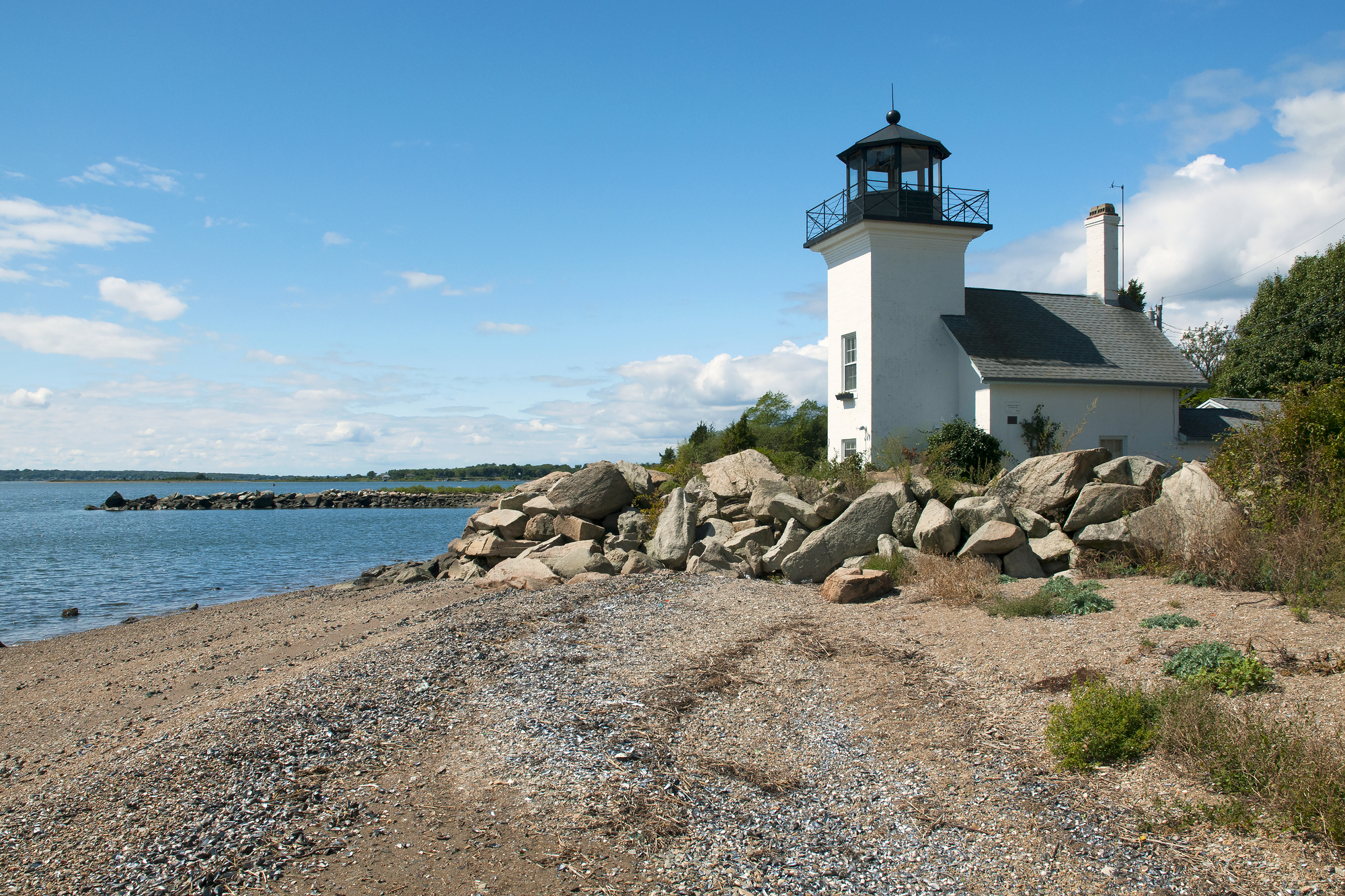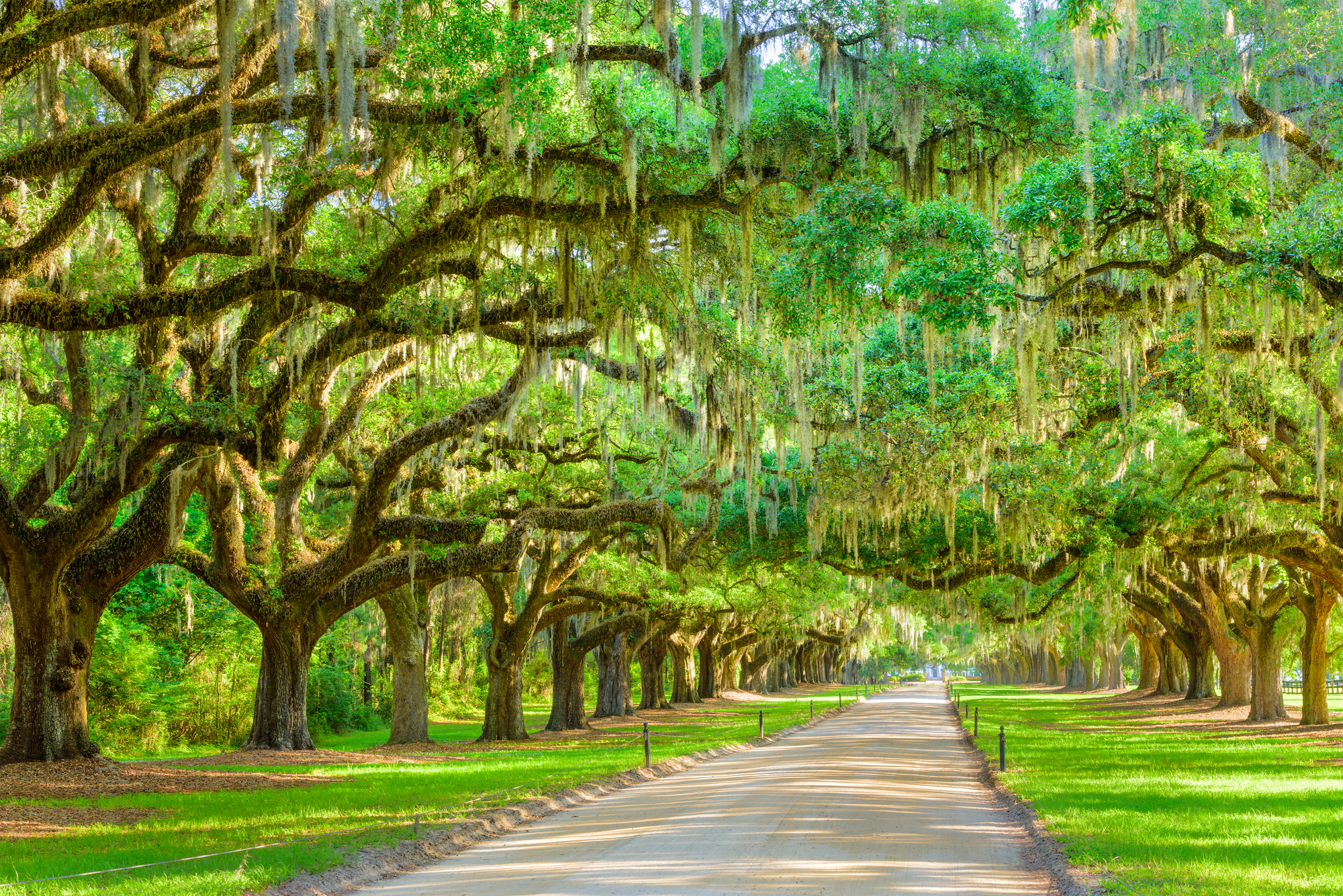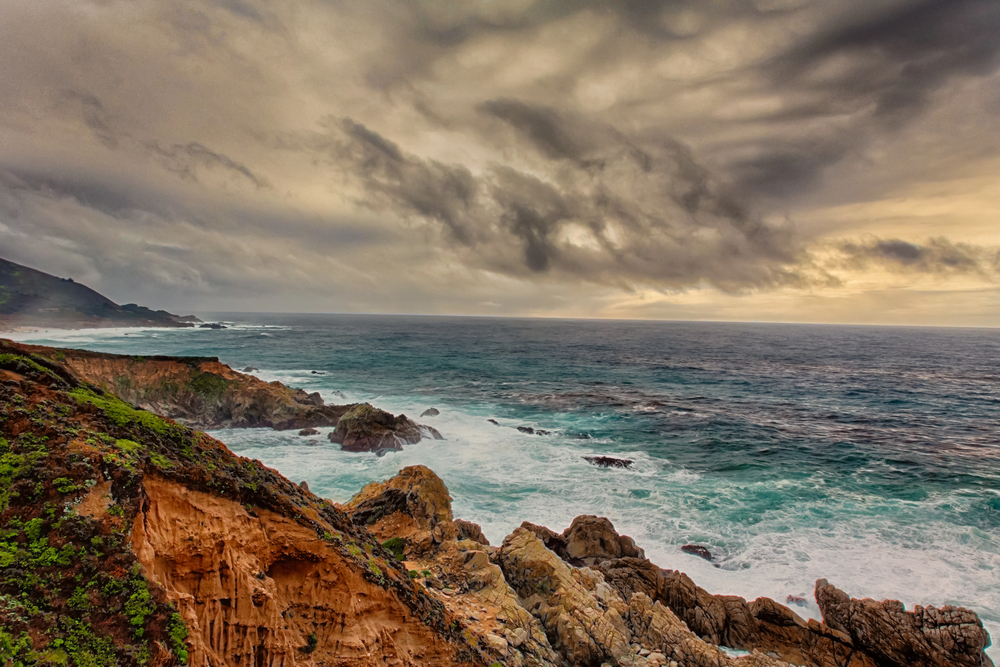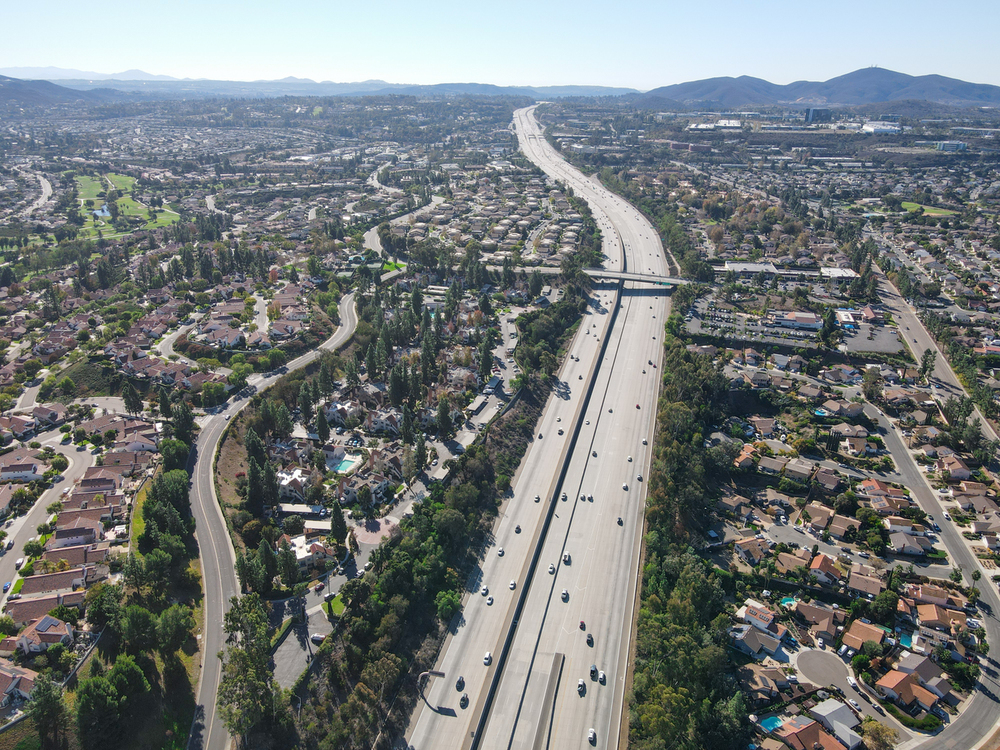In our fast-paced world, the rush to see everything can paradoxically result in experiencing nothing deeply. Some American cities reveal their true character only to those willing to slow their pace, linger in neighborhoods, and engage with local rhythms rather than rushing between tourist checkpoints.
Here is a list of 15 U.S. cities that truly reward the unhurried traveler—places where slowing down isn’t just an option but essential to discovering what makes them special.
Savannah, Georgia

Beneath the Spanish moss that drapes Savannah’s 22 historic squares lies a city that practically demands a leisurely pace. The historic district’s grid layout, designed in 1733, creates natural pauses in the form of shaded squares every few blocks—each with its character and stories. Early mornings reveal local rituals as shopkeepers sweep centuries-old sidewalks and residents walk dogs around fountain-centered parks.
The distinctive architecture reveals itself gradually—ornate ironwork balconies, hidden gardens glimpsed through gates, and façade details visible only when you pause to look upward. Locals still practice the art of porch-sitting in the evenings, often welcoming passing strangers into conversations that meander like the nearby Savannah River.
Portland, Maine

This coastal city operates on maritime rhythms that resist hurried tourism. The working waterfront along Commercial Street follows patterns established by tide tables and fishing schedules rather than visitor convenience. Early risers can watch fishing boats unload their daily catch while chatting with crews about ocean conditions.
The cobblestone streets of the Old Port district invite meandering rather than purposeful marching between destinations, with narrow passages revealing small shops and galleries that reward spontaneous exploration. Coffee culture here encourages lingering—locals spend hours at neighborhood cafes discussing everything from politics to poetry. The changing light across Casco Bay throughout the day transforms familiar views, encouraging visitors to revisit the same viewpoints at different hours.
Like Travel Pug’s content? Follow us on MSN.
Boulder, Colorado

This Front Range city cultivates a deliberately measured pace despite its reputation for outdoor fitness. The pedestrian-only Pearl Street Mall becomes a community living room where street performers entertain unhurried audiences, and conversations develop between strangers sharing sunny benches. The city’s extensive trail system rewards those who pause regularly—to absorb mountain views, watch rock climbers tackle the Flatirons, or simply breathe deeply among ponderosa pines.
Cafes and breweries function as community gathering spaces rather than quick pit stops, with locals bringing books or work for extended stays. Even shopping becomes leisurely as small business owners share stories about their products and crafts, turning retail into relationship-building rather than mere transactions.
Charleston, South Carolina

The deliberate pace of life in this coastal city isn’t Southern stereotyping but a practical adaptation to both climate and culture. The historic peninsula literally forces slower movement—narrow streets, uneven brick sidewalks, and architectural details that demand upward glances naturally modulate walking speed. The city’s famous piazzas—side porches designed to catch harbor breezes—were specifically created for unhurried social interaction away from direct sun.
Culinary traditions here celebrate slow cooking methods, from stone-ground grits requiring patient stirring to long-simmered Low Country boils that gather people for extended meals. Even guided tours of historic homes emphasize deliberate observation of craftsmanship and detailed explanations of preservation techniques rather than quick walkthroughs.
Taos, New Mexico

This high desert community has maintained its relationship with time for centuries, blending Native American, Hispanic, and Anglo cultures that each value presence over haste. The ancient Taos Pueblo has stood for over 1,000 years, its adobe walls absorbing and reflecting both sunlight and cultural practices focused on harmony rather than hurry.
The town’s historic plaza transforms throughout the day as changing light brings out different colors in adobe buildings and illuminates mountain views from shifting angles. Local cuisine celebrates slow cooking traditions—the complex flavors of green chile stew develop over hours, not minutes. Art galleries operate on the assumption that meaningful engagement with creative works requires contemplation rather than quick consumption, with owners often sharing stories about artists and techniques with unhurried visitors.
Like Travel Pug’s content? Follow us on MSN.
Madison, Wisconsin

Despite being a state capital and university town, Madison maintains a surprisingly relaxed rhythm centered around its five lakes. The city’s extensive lakeshore paths encourage leisurely movement, with strategically placed benches inviting pauses to watch sailboats or sunset reflections on the water. The defining weekly ritual here is the Saturday farmers’ market around Capitol Square—a social event as much as a shopping opportunity, where locals catch up with neighbors while slowly circling the square.
The university arboretum offers 1,200 acres of restored ecosystems within the city limits, creating spaces deliberately designed for contemplative walking rather than fitness-focused exercise. Even winter doesn’t stop the slow enjoyment of outdoor spaces, with locals ice fishing in portable shelters that become temporary communities on frozen lakes.
Asheville, North Carolina

Nestled in the Blue Ridge Mountains, Asheville has cultivated a pace that allows for both appreciation of natural beauty and creative expression. The winding Blue Ridge Parkway adjacent to town was specifically designed for unhurried motoring, with abundant overlooks encouraging frequent stops to absorb mountain vistas. Downtown’s architectural treasures—including one of America’s largest collections of Art Deco buildings—reveal their details only to those who pause to look upward and study façades.
The River Arts District invites visitors into working studios where artists demonstrate processes that can’t be rushed, from glass blowing to pottery throwing. Even the city’s famous craft brewing scene encourages slow appreciation, with brewery tours explaining fermentation processes that require patience and tasting flights designed for contemplative sampling.
Santa Fe, New Mexico

This 400-year-old city operates on what locals sometimes call “Santa Fe time”—a pace that honors both its multicultural heritage and high-desert setting. The winding streets of the historic district, laid out long before automobiles, naturally slow vehicular traffic and encourage exploration on foot. The distinctive adobe architecture absorbs and radiates the changing quality of light throughout the day, rewarding those who revisit the same plaza or church at different hours.
Culinary traditions emphasize slow-cooked dishes like posole and green chile stew that develop flavor over hours. The remarkable concentration of art galleries operates on the assumption that meaningful engagement with creative works requires contemplation—many gallery owners encourage visitors to sit with pieces that speak to them rather than trying to see everything quickly.
Like Travel Pug’s content? Follow us on MSN.
Portsmouth, New Hampshire

This colonial port city maintains maritime traditions that operate on tidal schedules rather than tourist convenience. The compact downtown, filled with brick Federal-style buildings and narrow alleys, invites wandering without a specific destination—many of the most interesting shops and historical sites aren’t visible from the main streets but reveal themselves during unhurried exploration.
The working waterfront along the Piscataqua River continues centuries-old traditions, with fishing boats and tugboats operating according to weather and water conditions rather than fixed schedules. Coffee shops and bookstores function as community living rooms where conversations develop naturally between locals and visitors. The city’s numerous public benches along the harbor encourage pausing to watch boat traffic and changing tides—activities that can’t be rushed.
Bend, Oregon

This high-desert city surrounded by volcanic peaks has developed a pace that balances outdoor adventure with a deliberate appreciation of natural beauty. The Deschutes River flowing through downtown creates natural spaces for pausing—locals often spend hours sitting along its banks watching kayakers navigate whitewater features or ospreys fishing in calmer sections.
The volcanic landscape surrounding the town rewards unhurried exploration, with hiking trails offering dramatically different experiences depending on the time of day as light transforms the color of lava formations. The city’s renowned craft brewing scene encourages lengthy tasting sessions rather than quick consumption, with brewery patios designed for extended socializing. Even driving the Cascade Lakes Highway outside town is better experienced with frequent stops to absorb mountain reflections in alpine lakes rather than checking off scenic viewpoints.
Key West, Florida

At America’s southernmost point, this island city operates on what locals proudly call “Keys disease”—a deliberate slowing of pace influenced by both climate and culture. The historic district’s narrow streets lined with gingerbread-trimmed cottages naturally moderate walking speed, while abundant porches and outdoor cafes encourage pausing to people-watch.
The daily sunset celebration at Mallory Square transforms time-keeping from precise minutes to the gradually shifting quality of light across the Gulf of Mexico. Even the signature local dessert—key lime pie—represents slow food traditions, with proper preparation requiring patient zesting and juice extraction. The island’s literary heritage remains palpable through preserved homes that hosted writers like Hemingway and Tennessee Williams, who came for brief visits but stayed for years, captured by the island’s unhurried rhythm.
Like Travel Pug’s content? Follow us on MSN.
Natchez, Mississippi

Perched on bluffs above the Mississippi River, this city preserves antebellum architecture and cultural traditions that emphasize measured pace over modern hustle. The historic district contains over 1,000 structures listed on the National Register of Historic Places, many open for tours that emphasize detailed storytelling rather than quick walkthroughs. Broad verandas and garden sitting areas throughout town were specifically designed for slow social interaction adapted to the southern climate—traditions that continue today.
Evening strolls along the river bluff offer constantly changing views as light plays across the Mississippi and distant Louisiana shore. Even the culinary traditions celebrate slow cooking methods, from smoked meats requiring hours of attention to carefully layered desserts representing generations of recipe refinement.
Traverse City, Michigan

This lakeside community in northern Michigan operates on seasonal rhythms that can’t be rushed. The agricultural traditions—particularly cherry and wine grape cultivation—follow natural growing cycles that have shaped local culture for generations.
The extensive shoreline along Grand Traverse Bay creates natural pauses in activity as both locals and visitors stop to watch weather patterns move across the water or sailboats tacking against changing winds. Downtown’s brick-paved Front Street encourages window shopping and spontaneous conversations rather than purposeful errands.
The surrounding countryside rewards leisurely driving along rural roads where cherry orchards, vineyards, and forested hills create constantly changing vistas. Even winter brings activities like ice wine harvesting and snow sports that follow weather patterns rather than rigid schedules.
Burlington, Vermont

This small city on Lake Champlain’s eastern shore maintains a pace intentionally modified by both climate and community values. The pedestrian-only Church Street Marketplace functions as the city’s living room, where street performers entertain unhurried audiences, and conversations develop between strangers sharing sunny benches. The waterfront bike path encourages leisurely movement with frequent stopping points offering different perspectives of the Adirondack Mountains across the lake.
The city’s agricultural connections remain strong, with the thrice-weekly farmers market operating as a social event where producers share growing practices and cooking suggestions rather than merely conducting transactions. Even the signature local products—from maple syrup to craft beer—represent processes that fundamentally cannot be rushed.
Like Travel Pug’s content? Follow us on MSN.
Carmel-by-the-Sea, California

This intentionally quaint coastal village has preserved a deliberate slowness despite its location in otherwise fast-paced California. The absence of street addresses, minimal outdoor lighting, and a ban on chain restaurants create an environment that feels removed from modern urgency. The village layout encourages wandering through hidden courtyards and secret passageways between buildings where small galleries and shops reveal themselves to unhurried explorers.
The tradition of sunset-watching along Carmel Beach has evolved into a daily community ritual where strangers comfortably share blankets and conversations. Even architectural choices slow the pace—the famous fairytale cottages, with their whimsical details, reward those who pause to examine storybook features that might be missed at a faster pace.
The Rewards of Patience

These cities offer their deepest pleasures not to those who rush to photograph landmarks before moving on but to travelers willing to adapt to local rhythms and engage with places on their temporal terms. The most meaningful experiences often come from unplanned moments—conversations with locals that reveal hidden gems, unexpected invitations that arise from genuine connection, or simply the changing quality of light transforming familiar scenes throughout the day.
In these destinations, slowing down isn’t just a travel philosophy but a practical necessity for discovering what makes each place truly special.
More from Travel Pug

- Cities Growing so Fast You Won’t Recognize Them in 10 Years
- 13 Destinations Where Tourists Regularly Regret Their Trip
- 20 Obscure WWII Sites Even History Buffs Don’t Know About
- 10 Under-the-Radar Mountain Towns That Are Both Affordable and Beautiful
- Remote Villages in Europe Where You Can Live for Free in Exchange for Work
Like Travel Pug’s content? Follow us on MSN.
